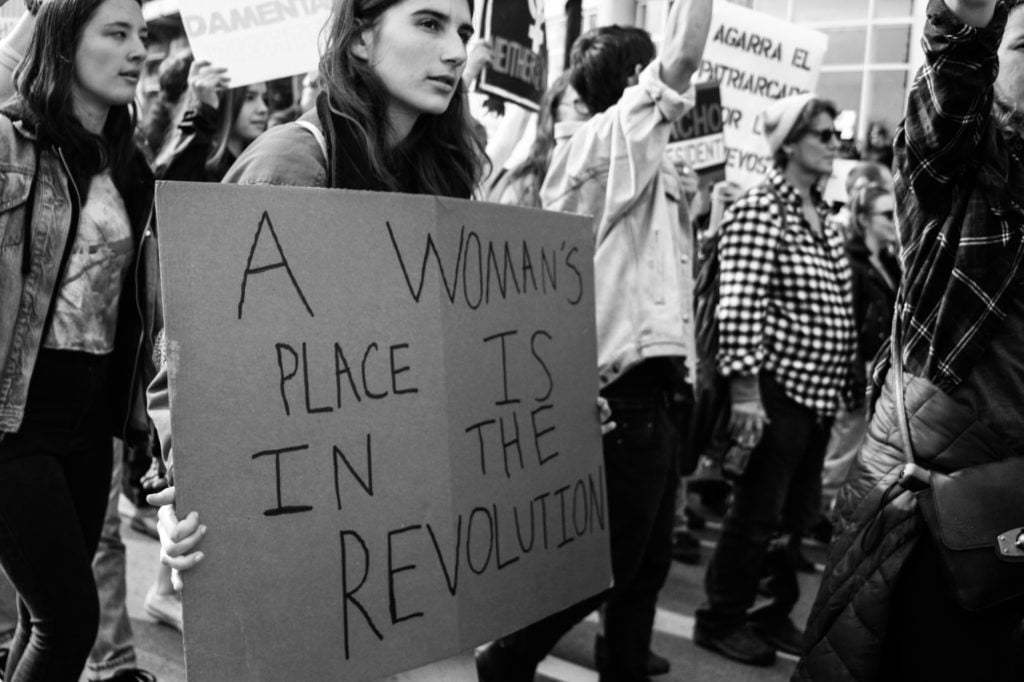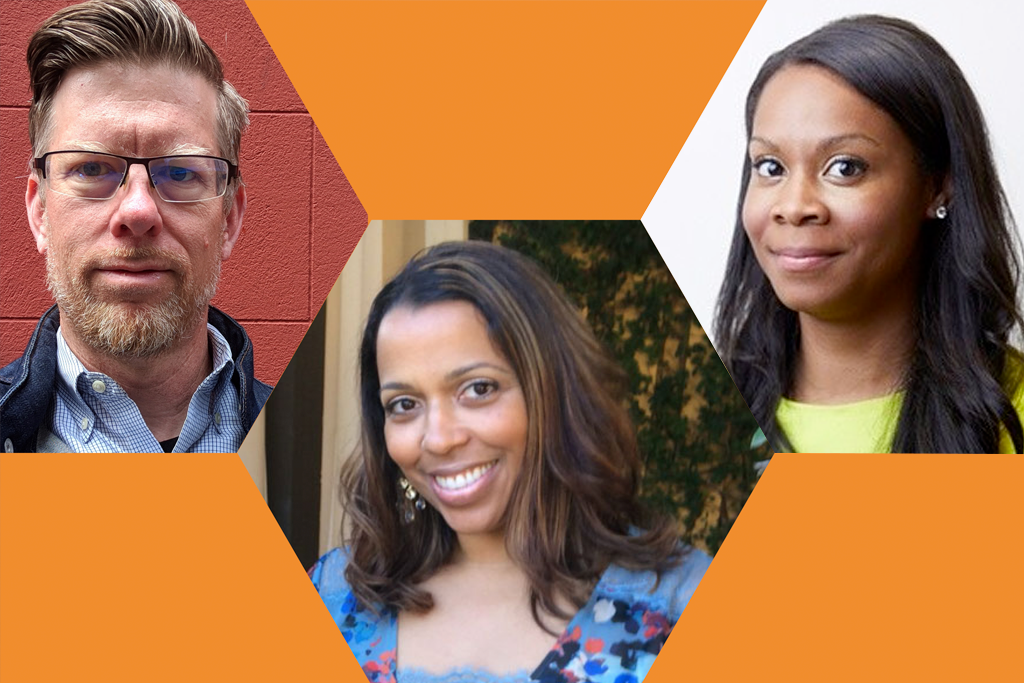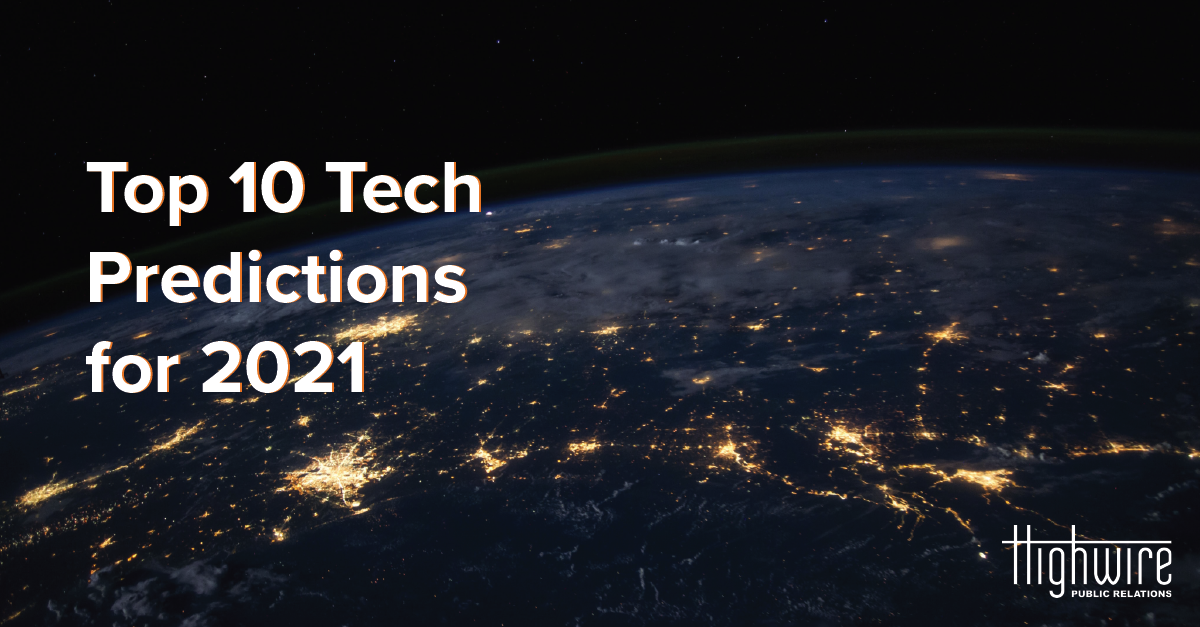
Women’s Equality Day was designated in 1973 as a day to commemorate the passing of the 19th amendment but also to call attention to women’s continuing efforts toward full equality. Women’s Equality Day was the culmination of a massive peaceful civil rights movement by women, beginning at Seneca Falls in 1848, and though we as women have made incredible progress to be where we are today — we still have a long way to go. This commemorative day is even more poignant in 2020, as the nation reflects on significant groups of people who have been left out of this type of celebratory history.
Black women in America were left behind from the suffrage movement. Though the constitutional amendment removed sex from voting rights regulations, it did not explicitly allow Black women to vote. Yet, despite these challenges, Black women persisted. Martha S. Jones wrote that Black women organized suffrage schools where they taught each other how to pay poll taxes, how to pass a literacy test, and how to interpret the Constitution. While some managed to overcome the obstacles, many were turned away or forced to stay home.
Today — women make $0.81 for every dollar a man makes. For women of color, that gap is even bigger, at just $0.75 to the dollar. Interestingly, the gender pay gap widens even further as women progress in their career — at the executive level, in a group controlled for job title, years of experience, industry, location and other compensable factors, women make $0.95 to the dollar, compared to a shocking $0.69 for the uncontrolled group. You can find even more information on the gender pay gap and the opportunity gap through Payscale.
Today, we asked some of our Highwire walkers what women’s equality means to them, as well as their thoughts on where we go from here:
Carol Carrubba, Principal, SF:
“Women’s equality is an important goal but not a milestone we’ve realized in any way. Today, we celebrate a record high number of women CEOs in the Fortune 500 and it’s still only 37. We are ecstatic to see our first Black female VP candidate in the U.S., but that took 230 years. Every step forward, no matter how difficult, minuscule or slow-going, is important and I am deeply inspired by the women who fight for what they want and who make the world a better place for all women. I count Emily and Kathleen, and my own mother among these brave champions and I hope I can also do my part.”
Christi-Anne Weatherly, Intern, NY
“Women’s equality is intersectional and means equality for all women, not just those who look like me. It means equality for trans women, women of color, disabled women, women who are immigrants, and all women in between.”
Ross Levanto, SVP in the Boston office
“To me, women’s equality means championing and learning from the women in my professional life whom I have had the pleasure and honor to work with.”
Lauren Bishop, Digital Associate in the NY office
“Women’s equality has made strides throughout the past years and decades — through equal pay, equal opportunities, education, and more. Although there are still issues to be solved, the future is bright if we continue to make conscious decisions that make it happen.”
Jazmin Eusebio, Account Associate in the SF office
“Women are persistent and have been fighting for basic human rights for decades, including the right to vote. Unfortunately, women of color, especially Black women are constantly left behind and often work twice as hard to barely get where white women started – we continue to see this trend to this day. To me, women’s equality means continuously doing everything you can to uplift women of marginalized identities. History has shown it takes continuous effort to see this change.”
From the early days of Seneca Falls to today, many women have been left out of the conversation around equality. It is time for us to shift the movement to take a wider approach — one that is intersectional, inclusive, and considers wider representation. Equality means different things to different people, but at a base level, it is a fundamental human right and it continues to evolve. While women have made strides over the past century, the conversation around gender equality needs to continue to evolve to include trans and non-binary people. Two hundred years later is a better time than any to take a step back and re-imagine what our world looks like, and where we can grow from here as we look toward the next 200 and a more equal future.
For more information on the history of Women’s Equality Day and where we go from here, please see here, and visit the National Women’s History Alliance.
What does women’s equality look like today for you? We’d love to hear your thoughts in the comments section below.

